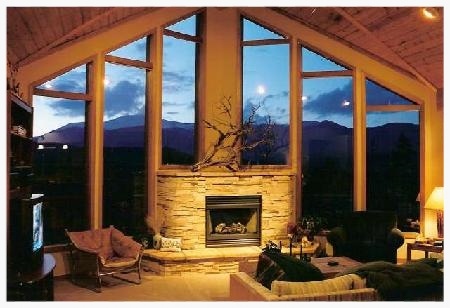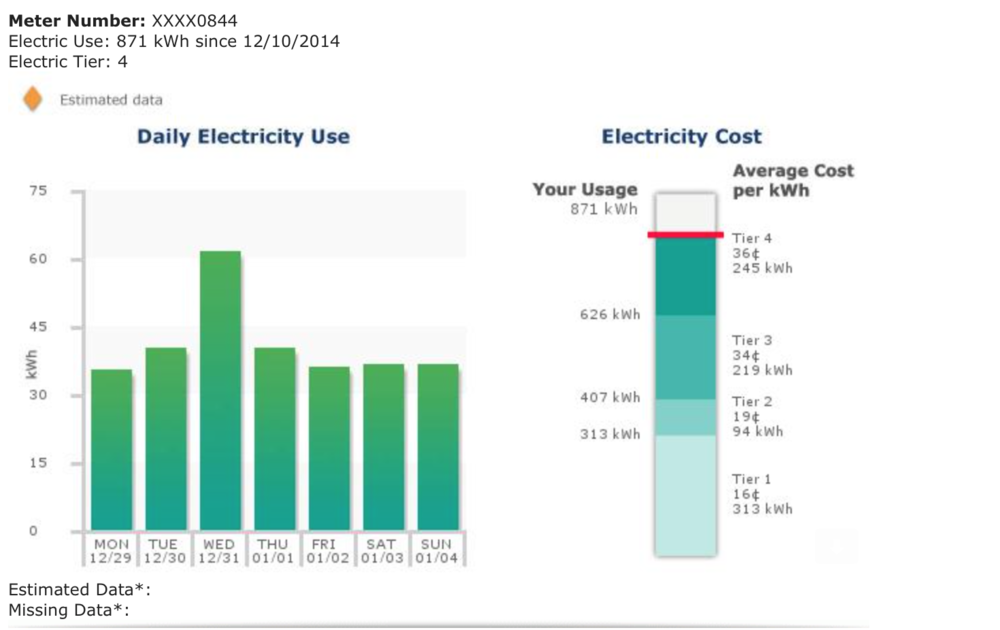The winter in Southern California is usually quite forgiving and nothing like other parts of the country. Daytime temperatures can range from mid 70s to low 60s, and at night we might dip down to the 50s and, once in a blue moon, the 40s. While it's not snowstorms and sheets of ice it does bring critical information to consider when renting out your home in the winter. We will share with you the most important factors to consider when renting out your home in the November to March months.

Utility bills are going up:
This includes everything from the electricity and gas to the water bill. In Southern California many homes don't have air conditioning, so the associated expenses with running one isn't an issue during warmer months. On the flip side, all homes have heating, and in the winter months when it's cold guests are going to use the heating. Heating is expensive, but it's even more expensive when guests opt for the open door + heat on policy.
In California, heating use (covered by Gas and Electricity) is tiered. Therefore at lower use amounts (Tier I) the price is relatively affordable (.16cents/kWh) up to the first 300 kWh. The more heating that is used, the higher up the tier (can go to Tier IV and .36/kWh after 626 kWh reached). The higher up the tier, the higher the cost. However, asking your guests not to use the heat is a very delicate request and we advise against it. You might offer a gentle reminder to keep doors and windows closed when running the heater, or let them know there are electric blankets in the closet for cozying up.
 An Air Concierge Client's Weekly Use statement.
An Air Concierge Client's Weekly Use statement.
During the winter months with daylight saving time in effect, darkness sets in much earlier than summer, with the sun setting as early as 4pm some weeks. Guests are likely to have the lights on starting in late afternoon as opposed to evenings and nights. Additionally, guests are more likely to be home (due to colder weather & earlier darkness) and thus using the property more than during summer months when they are out about all day long. This includes more use of kitchen appliances, televisions, and other electronics and plug-in devices of their own. It's the nature of vacation rentals.
If you have a jacuzzi be prepared to absorb higher costs related to that, as well. The colder the outside temperature, the harder the unit will be working to keep its thermostat-controlled temperature. One option is to keep the thermostat turned off when the house is vacant, which means you'll need someone to turn it on when guests arrive (or risk your guests setting it very high, which can harm houseplants as well as cost a pretty penny).
It's not just Santa, but Maintenance is a comin':
While your summer guests might be back-to-back, it will be your winter guests who are more likely to be the ones letting you know about any maintenance issues. While your heating most likely won't be utilized in summer, in winter it will, and if it stops working, be prepared to spend at least $60-$100 on just a service call, then another $50-$100 per hour on a repair. Parts can be all over the place, but one such client just paid $750 for a new control board. No fun!
If you're comparing your normal utility bills when you use the residence against when guests do, keep in mind the time of year and also the size of the groups you're renting to. For vacation rentals, groups often travel in sizes of 4-8 people. If your home isn't used to such numbers, be prepared to see your utilities go up in similar fashion.
.png?width=1000&height=627&name=air+concierge-logo-black+(1).png)